Premium Only Content
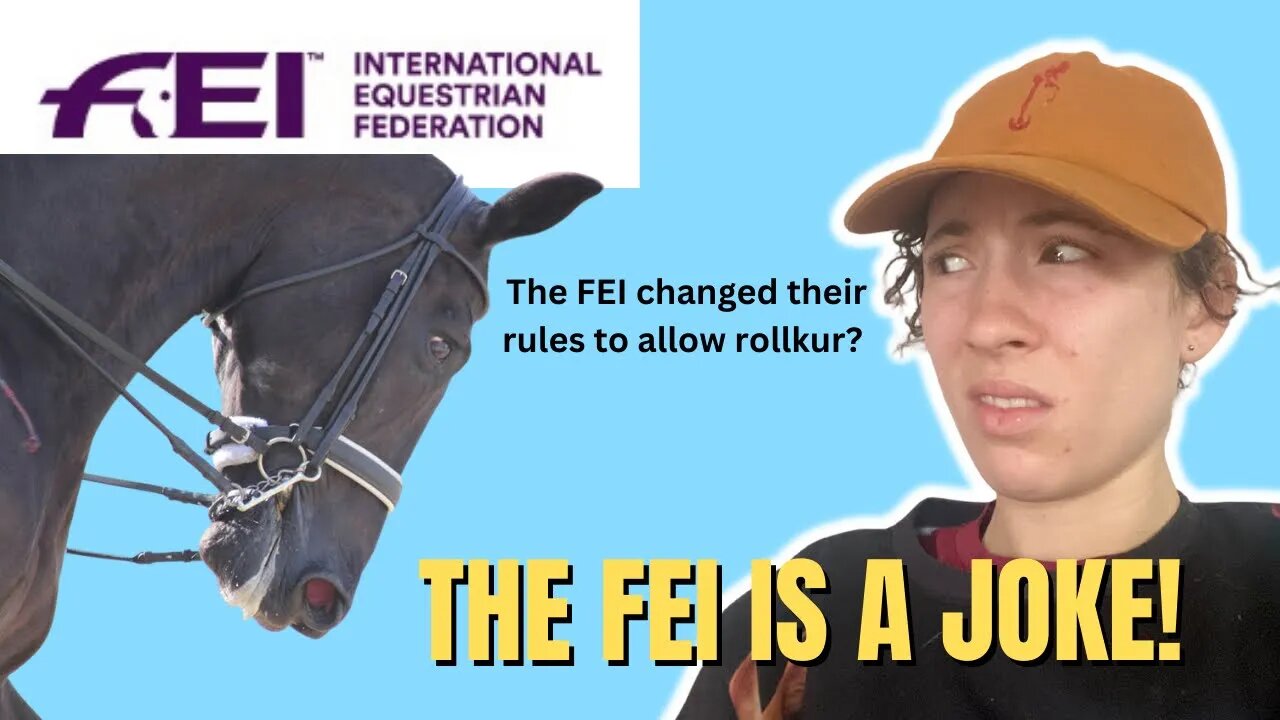
The FEI is a JOKE | Hyperflexion & Rollkur
The FEI is a joke of an organization and does not care about welfare.
Citations:
https://pubmed.ncbi.nlm.nih.gov/24329719/
https://pubmed.ncbi.nlm.nih.gov/22320155/
https://www.sciencedirect.com/science/article/abs/pii/S0168159108002876
https://www.cabdirect.org/cabdirect/abstract/20103174994
https://www.sciencedirect.com/science/article/abs/pii/S1558787810000626
https://onlinelibrary.wiley.com/doi/abs/10.1111/jpn.12155
https://onlinelibrary.wiley.com/doi/abs/10.1111/jpn.12210
https://library.wur.nl/WebQuery/wurpubs/fulltext/139247
https://onlinelibrary.wiley.com/doi/abs/10.1111/jpn.12154
https://journals.plos.org/plosone/article?id=10.1371/journal.pone.0103140
References
Denoix, J.-M. (2006) Functional anatomy and diagnostic imaging of the cervical spine. In: Report of the FEI Veterinary and Dressage Committee's Workshop p. 8. Lausanne.
FEI (2006) Report of the FEI Veterinary and Dressage Committee's Workshop - the use of over bending (Rollkür) in FEI Competition FEI Veterinary and Dressage Committee Lausanne, 36.
Gomez-Alvarez, C.B., Rhodin, M., Bobber, M.F., Meyer, H., Weishaupt, M.A., Johnston, C. & Van Weeren, P.R. (2006) The effect of head and neck position on the thoracolumbar kinematics in the unridden horse. Equine Veterinary Journal. Supplement (36), 445-451.
Heuschmann, G. (2006) Functional anatomy of the horses as related to over bending (Rollkur). In: Report of the FEI Veterinary and Dressage Committee's Workshop p. 6. Lausanne.
Heuschmann, G. (2007) Tug of war: Classical versus "modern" dressage (Translated from Finger in der Wunde). Vermont: Trafalgar Square Books.
Karl, P. (2006) Irrwege des Modernes Dressur. Cadmos Verlag, Brunsbek, pp 24-29.
McGreevy P.D., A.N. McLean (2007) The roles of learning theory and ethology in equitation. Journal
of Veterinary Behavior: Clinical Applications and Research. 2, 108-118.
5
Rein tension measurements have been published and offer the simplest way of monitoring the buccal pressures required (either in one hit or by some accumulation of sustained smaller rein signals) to trigger hyperflexion
12
McGreevy, P.D. and McLean, A.N., 2009. Equitation Science. Wiley -Blackwell, Oxon. McLean, A.N., McGreevy, P.D., Jeffcott, L. (2006) Equitation and learning theory - positive and
negative reinforcement. In the report of the FEI Veterinary and Dressage Committee's
Workshop, p 5, Lausanne.
Ödberg, F.O. (2006) Schooling principles and welfare - the situation of "rollkur" in this context. In
Report of the FEI Veterinary and Dressage Committee's Workshop p. 7. Lausanne. Ollivier, D. (1999) La vérité sur l'équilibre. Berlin, Paris, p. 91-99
Passino, C. (2005) FEI spotlight falls on rollkur. http://horseandhound.co.ul/
competitionnews
Rhodin, M. (2008) A biomechanical analysis of relationship between the head and neck position,
vertebral column and limbs in the horse at walk and trot. In Veterinary Medicine and Animal
Science, Vol. PhD, p. 48. Uppsala: Swedish University of Agricultural Sciences.
Sloet van Oldruitenborgh-Oosterbaan, M.M., Blok, M.B., Begeman, L., Kamphuis, M.C.D., Lameris,
M.C., Spierenburg, A.J. & Lashley, M.J.J.O. (2006) Workload and stress in horses: comparison in horses ridden deep and round ('Rolkür') with a draw rein and horses ridden in a natural frame with only light rein contact. Tijdschrift voor Diergeneeskunde 131, 114-119.
Van Breda, E. (2006) A nonnatural head-neck position (Rolkür) during training results in less acute stress in elite, trained, dressage horses. Journal of Applied Animal Welfare Science 9(1), 59- 64.
Van Weeren, P.R., Meyer, H., Johnston, C., Roepstorff, L. & Weishaupt, M.A. (2006) The effect of different head and neck positions on the thoracolumbar kinematics in the unridden horse. In: Report of the FEI Veterinary and Dressage Committee's Workshop p. 8. Lausanne.
Visser, E.K., van Reenen, C.G., van der Werf, J.T.N., Schilder, M.B.H., Knaap, J.H., Barneveld, A. & Blokhuis, H.J. (2002) Heart rate and heart rate variability during a novel object test and a handling test in young horses. Physiology & Behavior 76(2), 289-296.
Von Borstel, U. (2007) Fear in horses and how it is affected by the rider, training, and genetics. In: Faculty of Graduate Studies, p. 136. Guelph: University of Guelph.
Von Borstel, U.U., Duncan, I.J.H., Shoveller, A.K., Merkies, K., Keeling, L.J., and Millman, S.T. (2009) Impact or riding in a coercively obtained Rollkur posture on welfare and fear of performance horses. Applied Animal Behaviour Science 116, 228-236
-
 2:16:59
2:16:59
Benny Johnson
3 hours ago🚨Epstein Files COVERUP EXPOSED: FBI Sabotaging Trump, DELETING Evidence?! | Tapes 'MISSING'?!
84.8K151 -
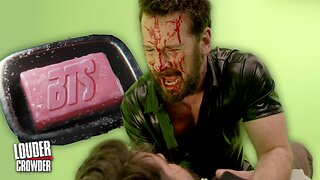 59:29
59:29
Steven Crowder
5 hours agoCrafting Crowder's Comedy Gold | Behind the Scenes
203K93 -
 2:06:44
2:06:44
Tim Pool
4 hours agoTHE END OF THE WEST, Will We Survive Without Christianity? | The Culture War with Tim Pool
100K68 -
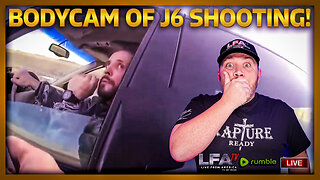 2:01:13
2:01:13
LFA TV
17 hours agoBODYCAM FOOTAGE OF TRAFFIC STOP! | LIVE FROM AMERICA 2.28.25 11AM
51.6K24 -
 1:23:10
1:23:10
The Big Mig™
5 hours agoGlobal Finance Forum From Bullion To Borders We Cover It All
20.6K4 -
 31:13
31:13
Tudor Dixon
3 hours agoThe Last Supper with Chris Tomlin | The Tudor Dixon Podcast
23.9K1 -
 48:58
48:58
BonginoReport
6 hours agoFake Epstein Files Fallout + Will Cain on the Government’s Internal Civil War (Ep.150) - 02/28/2025
132K275 -
 22:54
22:54
Clownfish TV
14 hours agoJournalists are RAGE QUITTING! Mainstream Media's Free Ride is OVER!
29.1K11 -
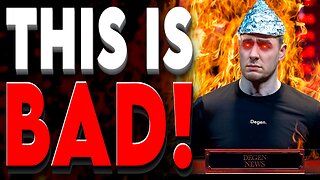 3:25:28
3:25:28
Matt Kohrs
11 hours agoMarket Crash, Inflation Report & Payday Friday || The MK Show
73.3K9 -
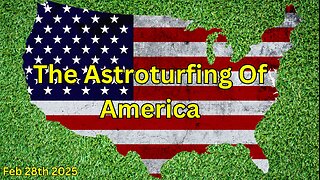 2:59:07
2:59:07
Wendy Bell Radio
9 hours agoThe Astroturfing Of America
97K59